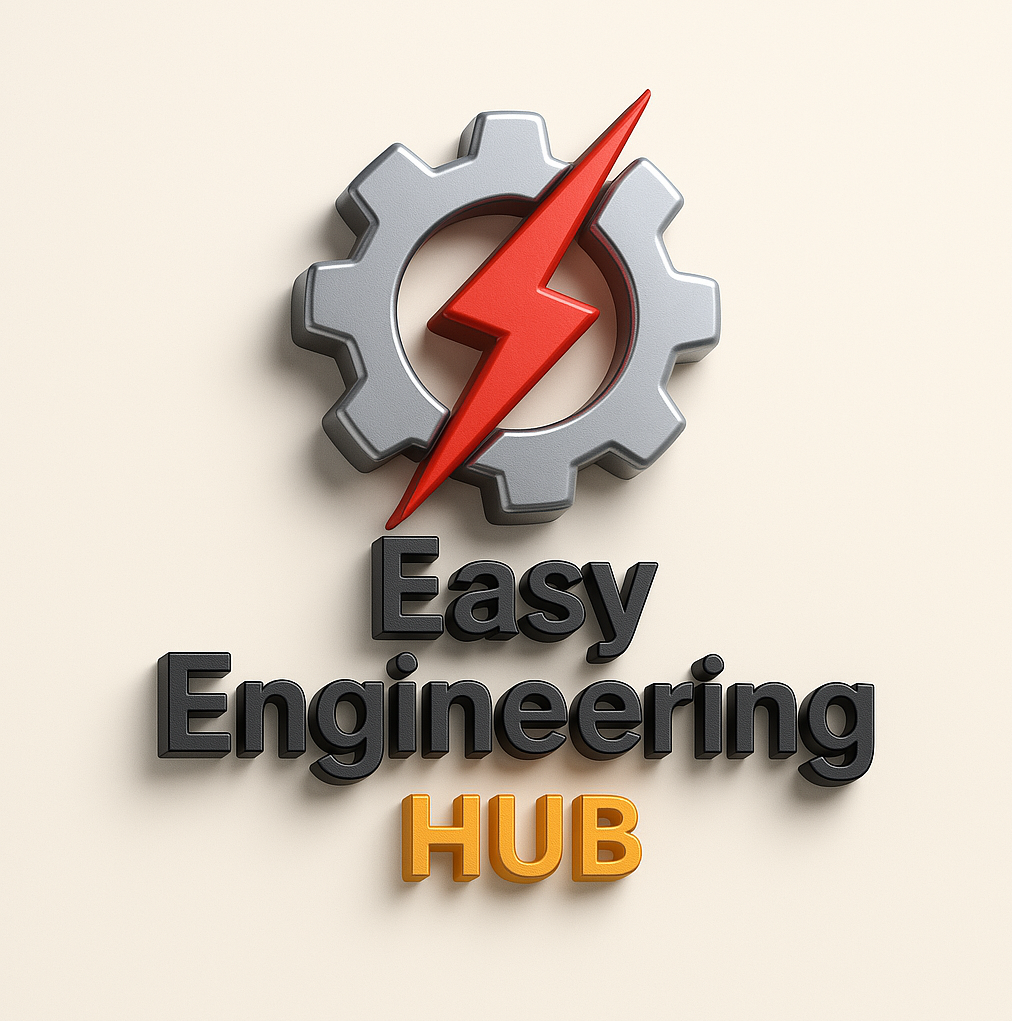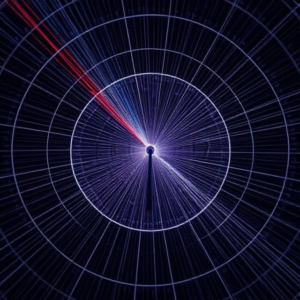1. Distance
- Definition: Distance refers to how much ground an object has covered during its motion, regardless of its starting or ending points.
- Unit: Meters (m), kilometers (km), etc.
- Scalar Quantity: It only has magnitude, not direction.
2. Displacement
- Definition: Displacement is the shortest distance from the initial to the final position of an object, with a specified direction.
- Unit: Meters (m), kilometers (km), etc.
- Vector Quantity: It has both magnitude and direction (e.g., 5 meters to the east).

3. Speed
- Definition: Speed is the rate at which an object moves. It is the distance traveled divided by the time taken.
- Formula:
- Unit: Meters per second (m/s), kilometers per hour (km/h), etc.
- Scalar Quantity: It only has magnitude, not direction.
4. Velocity
- Definition: Velocity is the rate of change of an object’s displacement. It describes both how fast something is moving and in which direction.
- Formula:
- Unit: Meters per second (m/s), kilometers per hour (km/h), etc.
- Vector Quantity: It has both magnitude (speed) and direction.
5. Acceleration
- Definition: Acceleration is the rate of change of velocity over time. If an object is speeding up, slowing down, or changing direction, it’s experiencing acceleration.
- Formula:
- Unit: Meters per second squared (m/s²)
- Vector Quantity: Acceleration has both magnitude and direction.
Types of Acceleration:
- Positive Acceleration: When the object speeds up.
- Negative Acceleration (Deceleration): When the object slows down.
- Centripetal Acceleration: Acceleration directed towards the center of a circular path (e.g., an object moving in a circle).
6. Uniform and Non-uniform Motion
- Uniform Motion: When an object moves at a constant speed in a straight line. The velocity does not change.
- Non-uniform Motion: When an object moves with a changing speed or in a curved path. This includes objects with changing velocity (acceleration).
7. Equation of Motion
For uniformly accelerated motion, we have a set of three key equations (known as the “SUVAT” equations):
- First Equation:
Where
is the final velocity,
is the initial velocity,
is acceleration, and
is time.
- Second Equation:
Where
is the displacement.
- Third Equation:
Where
is the final velocity squared and
is the displacement.
8. Average Speed vs Instantaneous Speed
- Average Speed: The total distance traveled divided by the total time taken.
- Instantaneous Speed: The speed of an object at a specific moment in time.
9. Relative Motion
- Definition: The concept that motion is always observed relative to a particular frame of reference. For example, a person sitting in a moving car may appear to be at rest relative to the car, but moving relative to the ground.
10. Circular Motion
- Definition: Motion in a circular path, where an object experiences centripetal acceleration, directed towards the center of the circle.
- Key Formula:
Where
is the tangential velocity, and
is the radius of the circle.
11. Projectile Motion
- Definition: The motion of an object thrown into the air, which follows a curved path due to the force of gravity.
- Key Factors: It involves both horizontal velocity (constant) and vertical velocity (affected by gravity).
- Equations: The motion can be broken into horizontal and vertical components, where the horizontal motion is uniform, and the vertical motion is uniformly accelerated due to gravity.
12. Work, Energy, and Power
- Work: Work is done when a force acts on an object and causes displacement. It’s calculated as:
Where
is work,
is force,
is displacement, and
is the angle between the force and displacement.
- Energy: The capacity to do work. Kinetic energy (
) and potential energy (
) are the most common forms.
- Power: The rate at which work is done or energy is transferred. It’s calculated as:
Where
is power,
is work, and
is time.











